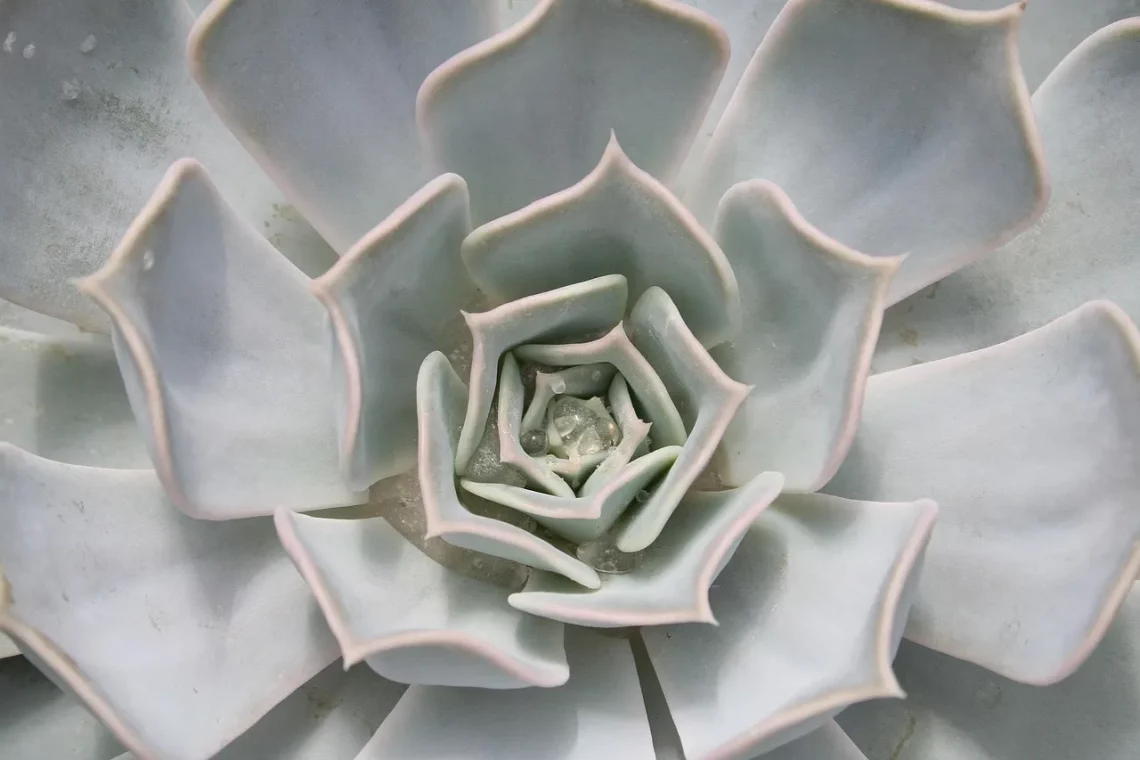
Understanding the Chihuahua Growth Chart for Healthy Development
Understanding the Chihuahua Growth Chart for Healthy Development
Chihuahuas are one of the smallest dog breeds, known for their vibrant personalities and loyal companionship. These tiny dogs bring immense joy to their owners with their playful nature and affectionate demeanor. However, despite their small size, Chihuahuas require careful attention to their growth and development to ensure they lead healthy lives.
Understanding how Chihuahuas grow is crucial for potential owners and current pet parents alike. From puppyhood to adulthood, each stage of development presents unique challenges and needs. A Chihuahua’s size, weight, and health can all be influenced by genetics, nutrition, and care. If you’re a Chihuahua owner or considering adopting one, keeping track of their growth is essential. This can help you identify any potential health issues early on and ensure that your furry friend thrives.
In the following sections, we will delve into the various aspects of the Chihuahua growth chart, discussing what to expect at different stages of their life. Let’s explore how to interpret this important tool for your pet’s development.
Understanding the Growth Stages of Chihuahuas
Chihuahuas experience several distinct growth stages from birth to adulthood. These stages can generally be categorized into puppyhood, adolescence, and adulthood. Each stage is characterized by different physical and behavioral changes that are important for owners to recognize.
Puppyhood typically lasts from birth until about six months of age. During this period, Chihuahuas grow rapidly. At birth, they weigh just a few ounces, but by the time they reach six months, they can weigh anywhere from two to six pounds, depending on their genetics and overall health. It’s essential for owners to provide a balanced diet during this time to support their rapid growth and development.
As puppies, Chihuahuas are highly energetic and curious, often getting into mischief. Socialization is crucial during this stage, as exposing them to various environments, sounds, and other animals helps them develop into well-adjusted adult dogs. Basic training should also begin during this period, as it lays the groundwork for good behavior later in life.
The adolescent stage follows puppyhood and typically lasts from six months to about a year. During this time, Chihuahuas may exhibit more independence and may test boundaries. Owners should remain consistent with training and continue socialization efforts. Physical growth may slow down, but many Chihuahuas will gain some weight as they transition into adulthood.
Finally, adulthood begins around one year of age for Chihuahuas. At this stage, they reach their full size and weight. Adult Chihuahuas typically weigh between four to six pounds, although some may weigh slightly more. Their energy levels may stabilize, and they often become more settled in their behavior. Regular veterinary check-ups are essential to monitor their health and address any concerns.
In summary, understanding the growth stages of Chihuahuas is vital for their development and well-being. By recognizing these phases, owners can provide appropriate care, training, and socialization to ensure their pets grow into happy and healthy adults.
Interpreting the Chihuahua Growth Chart
The Chihuahua growth chart is a valuable tool for pet owners to track their dog’s weight and height as they grow. Understanding how to interpret this chart can help you gauge whether your Chihuahua is on the right path in terms of growth and development.
Typically, the growth chart will display age on one axis and weight on the other. As you plot your Chihuahua’s weight at different ages, you can identify trends in their growth pattern. For instance, if your Chihuahua is consistently below the expected weight for their age, it may indicate potential health issues or insufficient nutrition. Conversely, if they are overweight, it could signal overfeeding or lack of exercise.
Chihuahuas are known for their petite frames, but there is still a range of healthy weights for this breed. It’s important to remember that individual dogs may grow at different rates, influenced by factors like genetics and overall health. Therefore, while the growth chart provides a general guideline, consulting with a veterinarian is essential for personalized advice.
When using the growth chart, consider not just weight but also overall body condition. A healthy Chihuahua should have a visible waist and ribs that can be felt but not seen. If your dog appears overweight or underweight, it’s crucial to reevaluate their diet and exercise routine.
In addition to weight, the growth chart can also be useful for tracking height. Measuring your Chihuahua’s height at the shoulder can help you determine whether they are growing proportionately. Again, consulting with your veterinarian can provide insights into whether your dog is developing as expected.
Understanding the Chihuahua growth chart is a proactive approach to ensuring your pet’s health. By regularly monitoring their growth and consulting with professionals, you can foster a healthy environment for your Chihuahua to thrive.
Nutrition and Its Impact on Growth
Nutrition plays a crucial role in the growth and development of Chihuahuas. As small dogs, their dietary needs are different from those of larger breeds, and proper nutrition can significantly influence their overall health and growth patterns.
A balanced diet for a Chihuahua should include high-quality protein sources, healthy fats, and carbohydrates. Puppies, in particular, have higher energy needs and require more calories to support their rapid growth. Look for puppy-specific food that meets the nutritional guidelines set by veterinary associations. These diets are formulated to provide the right balance of nutrients essential for healthy development.
As Chihuahuas transition to adulthood, their nutritional needs will change. Adult dogs require fewer calories than puppies, and overfeeding can lead to obesity, which is a common issue in small breeds. Owners should carefully measure food portions and consider the dog’s activity level when determining their daily caloric intake.
In addition to a balanced diet, it’s essential to provide fresh, clean water at all times. Hydration is often overlooked, but it is vital for maintaining good health. Be mindful of any changes in your dog’s eating habits or water consumption, as these can be indicators of underlying health issues.
Supplements may also be beneficial, particularly for older Chihuahuas or those with specific health concerns. Omega-3 fatty acids, for example, can promote healthy skin and coat, while glucosamine may support joint health. Always consult with a veterinarian before introducing any supplements to your dog’s diet.
Ultimately, providing a balanced and nutritious diet is one of the most significant contributions you can make to your Chihuahua’s growth and overall well-being. By prioritizing their nutritional needs, you can help ensure that your furry companion thrives throughout their life.
Common Health Concerns in Chihuahuas
As with any breed, Chihuahuas are susceptible to certain health issues that can impact their growth and development. Being aware of these common health concerns is essential for proactive care and timely intervention.
One of the most prevalent issues in Chihuahuas is dental problems. Due to their small jaws, Chihuahuas often face overcrowding of teeth, which can lead to periodontal disease. Regular dental care, including brushing their teeth and providing dental chews, can help minimize these risks. Dental health is not only vital for oral hygiene but also for overall health, as bacteria from dental issues can affect other organs.
Another common concern is patellar luxation, where the kneecap slips out of its normal position. This condition can cause discomfort and mobility issues. Regular vet check-ups can help detect this and other orthopedic problems early on. Maintaining a healthy weight is also crucial for preventing strain on their joints.
Chihuahuas are also prone to heart issues, particularly heart murmurs and congestive heart failure. Regular veterinary visits can help monitor heart health, especially as your Chihuahua ages. Symptoms to watch for include coughing, lethargy, and difficulty breathing. If you notice any of these signs, consult your veterinarian promptly.
Lastly, Chihuahuas are sensitive to temperature extremes due to their small size. They can easily become overheated in hot weather or suffer from hypothermia in cold conditions. Ensuring that your Chihuahua is comfortable in their environment is essential for their health and well-being.
Being vigilant about these common health concerns can help you provide the best care for your Chihuahua. Regular veterinary check-ups, a balanced diet, and proper exercise are crucial components of a proactive health management plan for your furry friend.
In conclusion, it is important to note that this article is not a substitute for professional medical advice. If you have any concerns about your Chihuahua’s health or development, please consult your veterinarian for guidance tailored to your pet’s specific needs.




